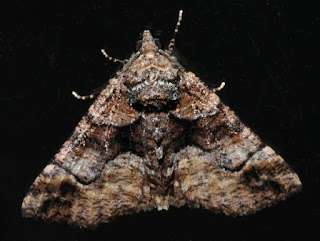Christmas
Below is the last posting for this year. To those readers who celebrate Christmas, I wish you a Merry
Christmas and I will resume posting in January 2017.
The pattern in the middle of the above card is a digital kaleidoscope of the photograph of the moth (Cosmodes elegans AMPHIPYRINAE NOCTUIDAE) shown in the corners of the card.
***********************************************************************************
Niceteria macrocosma NACOPHORINI ENNOMINAE GEOMETRIDAE
Family:- GEOMETRIDAE
Sub Family:- ENNOMINAE
Genus:- Niceteria
Species:- macrocosma
Larval food plants are Eucalyptus and Angophora costata, (Myrtaceae).
**********************************************************************************
Mnesiloba eupitheciata EUPITHECIINI LARENTIINAE GEOMETRIDAE
Family:- GEOMETRIDAE
Sub Family:- LARENTIINAE
Genus:- Mnesiloba
Species:- eupitheciata
I could find no reference to the larval food plant.
***********************************************************************************


















































